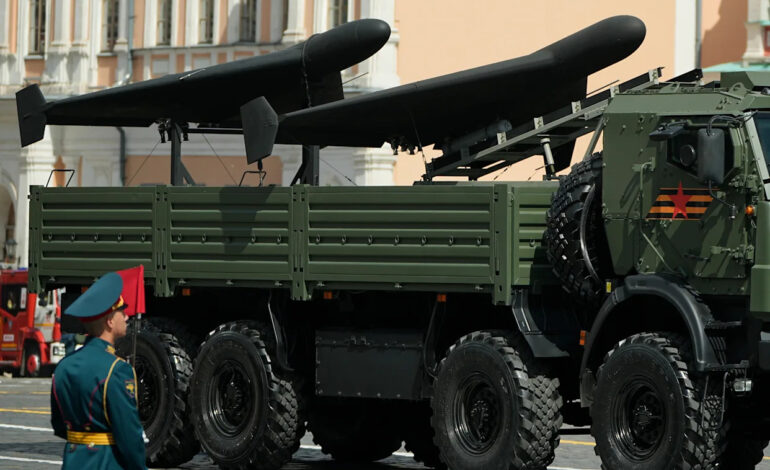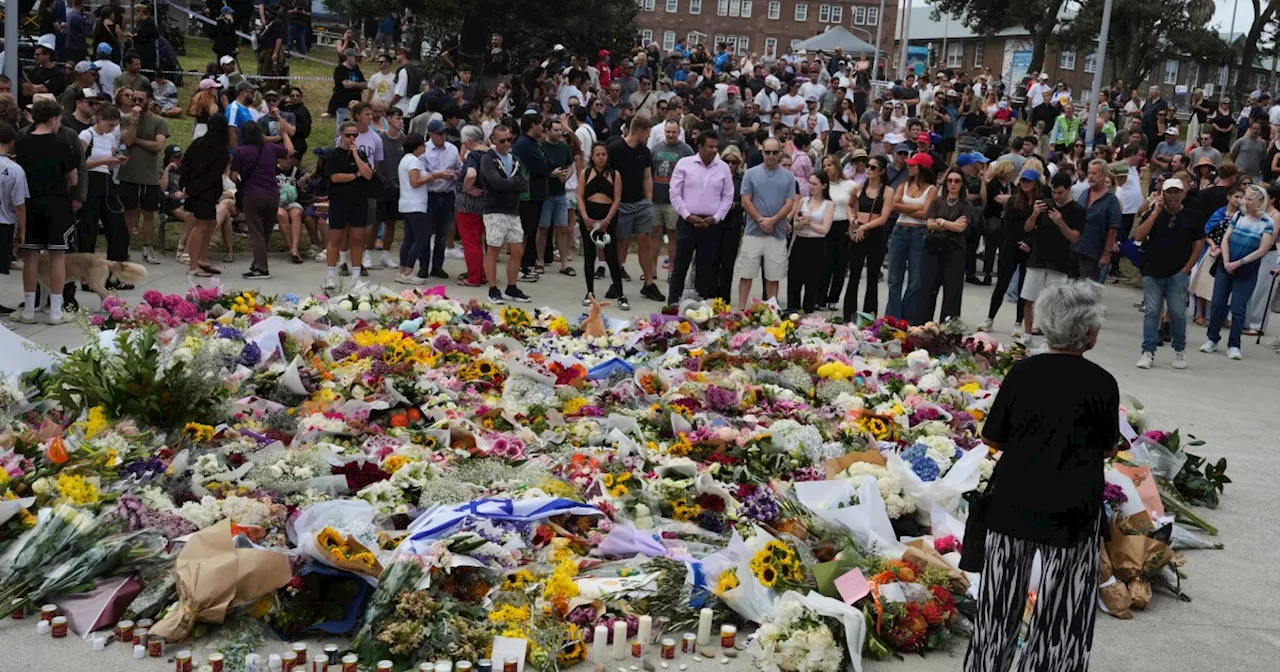Russia Implements Drone Production Rankings for Provinces

Russian provinces will soon receive a “dronification” score, a new initiative from the Russian Ministry of Industry and Trade aimed at enhancing the country’s drone production capabilities. This scoring system, which will evaluate regions based on ten critical criteria, is set to take effect in 2025 and will be mandatory for all constituent parts of Russia, excluding the territories the Kremlin refers to as the “new regions” of Ukraine.
The criteria for the scoring system include the availability of infrastructure conducive to drone development, access to dedicated financing, and the number of full-time drone operators within each region. In its inaugural assessment, 47 regions are expected to participate, with the Republic of Bashkortostan emerging as the frontrunner.
Bashkortostan, also known as Bashkiria, has previously benefited from substantial government contracts, shifting its focus from agricultural drone production to developing loitering munitions. Other regions that ranked highly include the Samara, Sakhalin, and Novgorod oblasts, as well as Ulyanovsk and Yamalo-Nenets. Notably, Moscow placed ninth, while Saint Petersburg secured twelfth, despite achieving the highest score for industry-relevant infrastructure, according to Russian media reports.
Vasily Shpak, the Russian Deputy Minister of Industry and Trade, has framed this initiative as a civilian project. He emphasized that the scoring mechanism is designed to promote the growth of a new sector focused on unmanned aerial vehicles (UAVs). Shpak believes that this rating system will not only gauge regional readiness for widespread UAV deployment but also help reshape public perceptions of drones from military tools to civilian applications.
Despite these intentions, it is essential to recognize that drone technology serves dual purposes. Enhancements in civilian drone production capabilities could inadvertently bolster military applications. Previously, Russian drone manufacturers with officially civilian objectives have often found their products repurposed for military use, particularly amid ongoing conflicts such as the war in Ukraine. Instances have been documented where civilian drone manufacturers sold their devices for military purposes, alongside government initiatives aimed at training schoolchildren in drone construction and operation.
In 2023, Russian authorities introduced a comprehensive program intended to advance unmanned aviation development across the country by the end of the decade. The government plans to invest between 660 billion and 1 trillion Rubles, equivalent to approximately $8.2 billion to $12.4 billion, into this initiative, with additional funding avenues for specific drone-related projects.
As the program unfolds, it will be critical to monitor how these developments influence both civilian and military drone capabilities, as well as the broader implications for regional economies and security.






